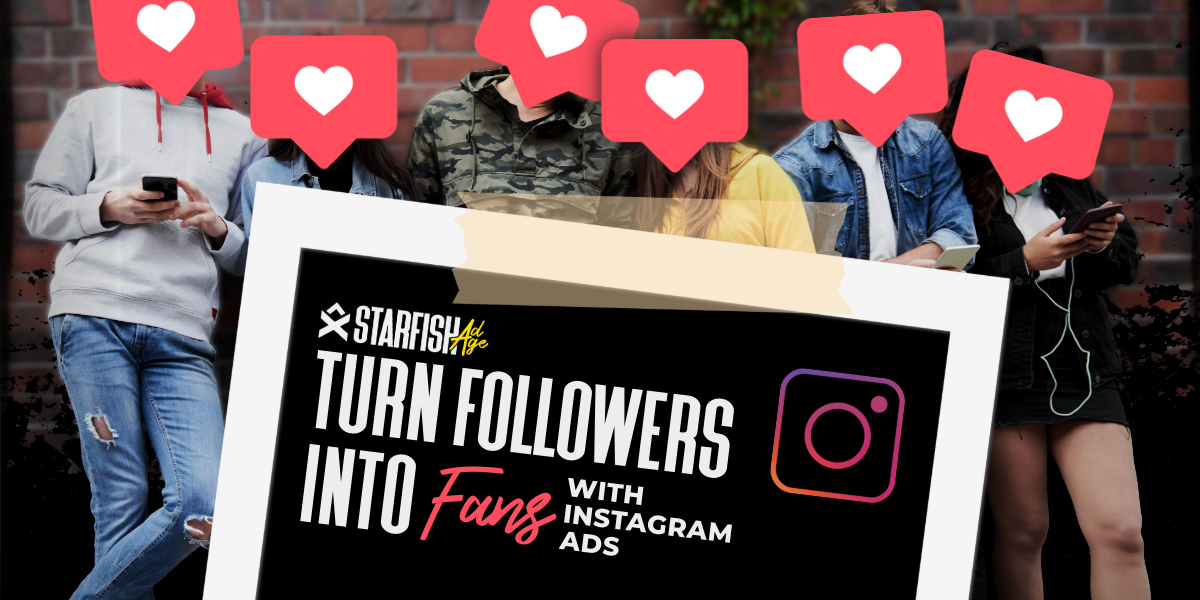
What Is Programmatic Advertising?
Discover the benefits of programmatic advertising, an automated method of buying digital ad space that enhances targeting, efficiency, and campaign performance.

Social media has become an integral part of our daily lives. From connecting with friends and family to discovering new brands and businesses, social media has revolutionized the way we interact with the world around us. For businesses, social media has become a critical tool for reaching new customers, building brand awareness, and driving sales. In this guide, we will explore some of the best practices for creating engaging and effective content for social media.
Before you start creating content for social media, it’s important to understand who your target audience is. Who are the people you’re trying to reach? What are their interests and pain points? What social media platforms do they use most frequently?
By understanding your audience, you can create content that resonates with them and encourages engagement. For example, if your target audience is younger millennials who are interested in sustainable living, you may want to focus on creating content that highlights eco-friendly products or sustainable lifestyle tips. Similarly, if your target audience is working parents, you may want to create content that provides tips for managing work-life balance.
Once you know who your target audience is, it’s essential to choose the right social media platforms for your business. Each platform has its own unique features and user base, and it’s important to select the platforms that are most relevant to your target audience.
For example, if your target audience is primarily older professionals, LinkedIn may be the best platform to focus on. However, if your target audience is younger, Instagram or TikTok may be more effective.
Consistency is key when it comes to social media. By creating a content calendar, you can ensure that you’re regularly posting content and staying top-of-mind with your audience.
A content calendar should outline the type of content you plan to post, the platform you’ll post it on, and the date and time of each post. You can also use a content calendar to plan out seasonal or promotional content.
While it’s essential to post regularly, it’s equally important to focus on creating high-quality content. Quality content is more likely to engage your audience and encourage shares and likes.
When creating content, focus on using high-quality images and videos and creating compelling captions or headlines. Don’t be afraid to get creative and experiment with different types of content, such as user-generated content or interactive polls.
People connect with stories, so it’s essential to use storytelling in your social media content. Your content should tell a story about your brand, your products or services, or your customers.
For example, instead of simply showcasing a new product, create a post that tells the story of how the product was developed or the impact it’s had on a customer’s life.
Video has become one of the most popular forms of content on social media. Incorporating video into your social media strategy can help increase engagement and reach new audiences.
Some ideas for video content include product demos, behind-the-scenes glimpses of your business, interviews with customers or industry experts, and educational or how-to videos.
Each social media platform has its own unique features and best practices, so it’s essential to optimize your content for each platform. For example, Instagram is a highly visual platform, so using high-quality images and videos is crucial. On the other hand, Twitter has a character limit, so crafting compelling headlines and captions is essential.
Additionally, each platform has its own optimal posting times, so it’s important to do some research and determine the best times to post for each platform.
Social media is a two-way street, so it’s important to engage with your audience regularly. Respond to comments and messages, like and share user-generated content, and participate with businesses and users around you. Engagement is important for brand awareness and to drive sales.
In conclusion, creating engaging and effective content for social media is crucial for businesses to connect with their audience, build brand awareness, and drive sales. To do so, it’s important to know and understand your audience, choose the right platforms, create a content calendar, focus on quality over quantity, incorporate storytelling and video, optimize your content for each platform, and engage with your audience. By following these best practices, businesses can create a strong social media presence and effectively connect with their target audience. With the continued growth and importance of social media, mastering content creation is a critical aspect of any successful marketing strategy.

Discover the benefits of programmatic advertising, an automated method of buying digital ad space that enhances targeting, efficiency, and campaign performance.

Discover what SEO in digital marketing is and why it matters. Learn how search engine optimization can increase your business’s success.

Learn how to advertise on Google effectively. The basics of Google Ads, from setting up your account to targeting your audience and driving qualified traffic.

Discover how to advertise on Facebook. Learn about Facebook ad campaigns, targeting options, and ad formats to reach your audience effectively.

Discover how to advertise on Facebook. Learn about Facebook ad campaigns, targeting options, and ad formats to reach your audience effectively.
All Rights Reserved | Starfish Ad Age LLC | 2023 | Privacy Policy